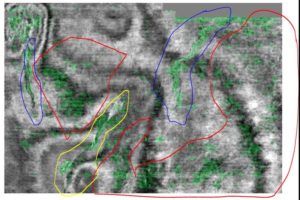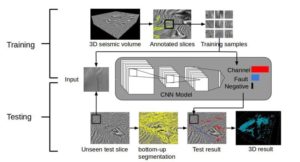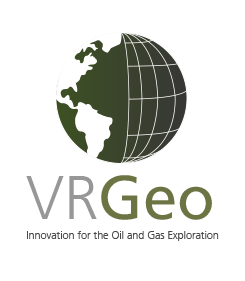
The concept of neural networks has been around for decades and was successfully applied already in the 1990s to applications in different areas. However, network models back then where limited in complexity, due to their demand in memory and computational resources for training, which directly translated into a limitation in performance and thus practical use.

With the rise of programmable graphics processing pipelines in consumer-grade graphics processors (GPUs) it became possible to utilize the capability of massive parallel processing found in those GPUs for arbitrary calculations. Training and productive use of neural networks are by their nature largely parallel computation tasks and hence GPUs are an ideal platform for their implementation. Using the processing abilities of modern GPUs it is possible today to build much larger network models and these so called Deep Neural Networks were found to be surprisingly powerful compared to their much smaller siblings. A prominent example is deep neural networks that challenge human performance in object recognition.
Deep Learning for pattern recognition is a trending topic today. Deep learning algorithms can simply learn the associations between various points in a data set. Instead of requiring a human to sift through the data and label each data point with a set of attributes, the algorithm can assign these attributes to each data point on its own. We conducted experiments to evaluate this hype and asses if this technology could be of use in oil and gas exploration.
Related Publication(s)
- Understanding Convolutional Neural Networks for Seismic Features by Visualization
Master Thesis by André von Landenberg, submitted to the Universität Koblenz-Landau in January 2019.
In this thesis, five visualization methods (Activation Maximization, Deconvolution, Guided Backpropagation, Grad-CAM and Guided Grad-CAM) are applied to CNN architectures that are trained to detect seismic features in geological data. By visualizing features and other information from these CNNs, it is possible to gain knowledge about the decision-making process in the network and even derive optimization possibilities. - Detecting Geological Structures in Seismic Volumes Using Deep Convolutional Neural Networks
Master Thesis by Ying Jiang, submitted to the Rheinische-Westfälische Technische Hochschule Aachen on February 22, 2017 - Detecting prospective structures in volumetric geo-seismic data using deep convolutional neural Networks
Poster by Ying Jiang and Benjamin Wulff presented on November 15, 2016 at the annual foundation council meeting of the Bonn-Aachen International Center for Information Technology (b-it) - TO DOWNLOAD: DeepGeo Demonstration for Non-members on July 20, 2017
Presentation by Benjamin Wulff, Fraunhofer IAIS, 70.8 MB, MP4-Video, about 60 min.
